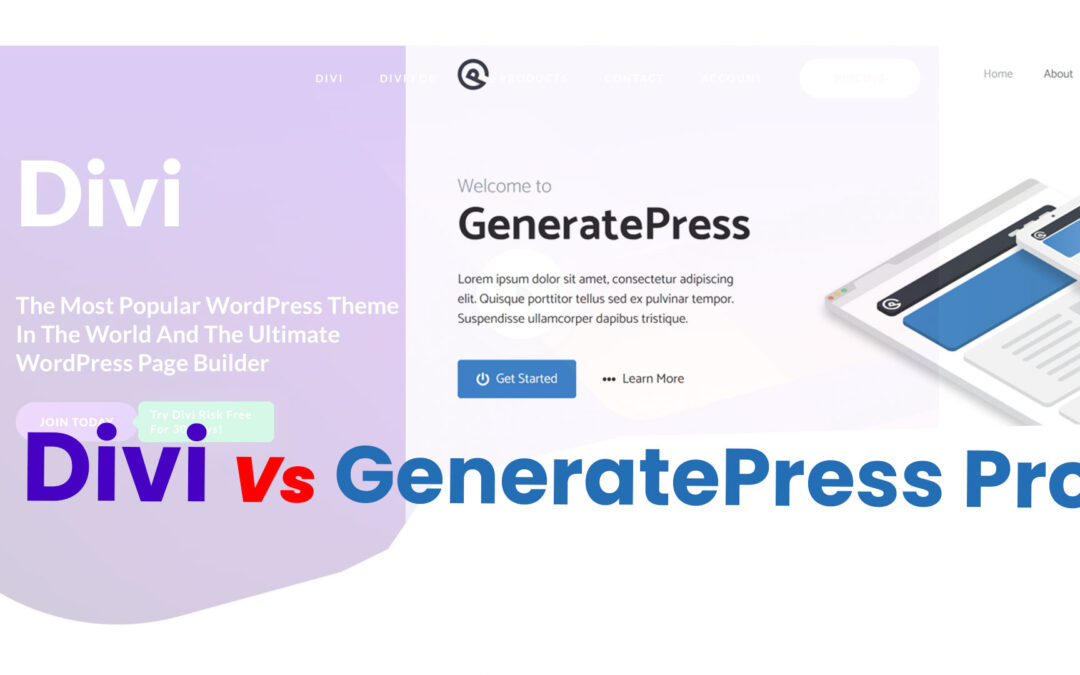Introduction
Lets explore 12 Step Guide to Writing an SEO Optimized Blog Post for Beginners. As we all know that the blogging realm has evolved into an intricate mosaic of voices and ideas. The digital highway is congested, with many voices seeking attention. However, writing a blog post that stands out from the crowd is no longer about just writing. It’s about blending creativity with structured methodology, sprinkled with some SEO magic. If you’re a beginner or simply seeking to refine your craft, this in-depth 12 step guide to writing an SEO optimized blog post for beginners’ guide will be your compass.
Table of Contents
Step 1: Brainstorming Stellar Topics
A masterpiece always starts with a single brushstroke – or in this case, an idea. The challenge? Filtering out the golden ones from the mundane.

Photo by Campaign Creators on Unsplash
Tools to Use:
- MindMeister: Picture a massive, interconnected spider web of ideas. That’s what this tool offers. It’s a visual treat for brainstormers, allowing you to create, curate, and connect thoughts.
- BuzzSumo: In the digital world, staying updated is paramount. BuzzSumo is like your daily news fix, informing you about trending topics, ensuring your blog stays relevant and in vogue.
Step 2: Feedback: The Unsung Hero
Great writers always have an audience in mind. What better way to know what your audience wants than by asking them directly?
Tools to Use:
- SurveyMonkey: Imagine having a personal oracle that tells you if your content ideas resonate with your readers. SurveyMonkey plays this role. Create surveys, gather feedback, and refine your approach accordingly.
Step 3: Keyword Research: The Heartbeat of SEO
Imagine keywords as the magnet that attracts users. They are the bridge between your content and the potential readers.
Tools to Use:
- Google Keyword Planner: The mother of all keyword tools. Best for beginners, it not only hands out keyword suggestions but also predicts their performance.
- Ubersuggest: This is your X-ray vision into the world of long-tail keywords – more specific and often less competitive. It reveals keyword difficulty, monthly search volumes, and even suggests content ideas.
- SEMrush: A step deeper into the SEO rabbit hole, SEMrush offers not just keyword insights, but a peek into your competitors’ strategies.
Step 4: Decoding Search Intent
Keywords are important, but understanding the why behind those keywords? That’s gold.
Tools to Use:
- MozBar: A browser extension that quickly gives insights into the top-ranking content for specific keywords. Think of it as translating Google’s algorithm into human understanding.
- Google Scholar: When tackling in-depth topics, academic resources and cited studies can add that extra layer of credibility.
Step 5: The Power of Structured Content
With a roadmap in hand, the journey becomes smoother. Before diving into writing, sketching an outline is crucial.
Tools to Use:
- Trello: Trello is like your personal digital whiteboard. Create cards for each section of your post, add details, shuffle around, and watch your content structure evolve.
Step 6: Crafting Your Masterpiece
Writing isn’t just about grammar and vocabulary; it’s about voice, tone, and resonance.
Tools to Use:
- Google Docs: Beyond its user-friendly interface, it offers collaboration, making real-time editing a breeze. Plus, it’s integrated with most platforms for seamless transitions.
- For WordPress enthusiasts, Gutenberg is an editor that offers a blend of simplicity with multimedia versatility, ensuring your blog is both informative and engaging.
Step 7: Visual Storytelling: The Role of Multimedia
Humans are visual creatures. Complementing text with visuals not only breaks monotony but also amplifies understanding.
Tools to Use:
- Canva: Don’t have a design degree? No worries. Canva is your graphic design genie. Create stunning graphics with its intuitive drag-and-drop interface.
- Platforms like Unsplash, Pexels, and Pixabay are the unsung heroes of the blogging world. Dive into their ocean of royalty-free images to add flair to your posts.
Step 8: The Weave of the Web: Internal & External Links
Hyperlinks are the unsung heroes that bestow credibility upon your post.
Tools to Use:
- Ahrefs’ SEO Toolbar: This isn’t just a tool; it’s like having an SEO consultant by your side. From spotting valuable link opportunities to analyzing the quality of existing ones, it does it all.
Step 9: Mastering On-Page SEO
If your blog post were a book, on-page SEO would be the table of contents.
Tools to Use:
- Rank Math: Especially tailored for WordPress users, it acts as your on-page SEO checklist. From meta descriptions to image alt texts, it ensures you don’t miss out on any optimization opportunities.
- TinyPNG: Speed is of the essence. Ensure your images don’t bog down your page loading time by compressing them without compromising quality.
Step 10: The Final Touches: Review & Edit
The best authors know that their first draft is just the skeleton; refining and editing add the flesh.
Tools to Use:
- Grammarly: Not just a spellchecker, but your writing companion. It not only catches typos but offers style, tone, and clarity insights.
- Hemingway App: If concise and clear writing is your goal, Hemingway is your muse. It helps slice through the fluff, ensuring your content is readable and engaging.
Step 11: Beyond Publishing: Sharing & Promotion
Your post is a masterpiece, but what’s a masterpiece without an audience?
Tools to Use:
- Buffer or Hootsuite: Think of them as your social media managers. Schedule posts, engage with the audience, and monitor performance.
- Mailchimp: Newsletters are the classic, yet ever-effective method to keep your readers engaged. Mailchimp helps craft, schedule, and monitor these emails.
Step 12: Analyzing & Iterating: Monitor Performance
Your post is alive. But how is it performing? Knowing this can guide your future endeavors.
Tools to Use:
- Google Analytics: It’s like the health-checkup for your post. From how long readers stay to which sections they find most engaging, it reveals all.
Conclusion
To wrap up, blogging is a blend of art and science. It’s about weaving words into a compelling narrative, backed by meticulous planning and strategy. As you embark on this journey, remember, every blogger was once a beginner. So, trust the process, keep refining, and let your voice echo in the digital sphere.
FAQs
What is the primary objective of the 12 Step Guide to Writing an SEO Optimized Blog Post for Beginners?
The guide is designed to assist beginners in understanding and implementing a systematic approach to creating high-quality, SEO-friendly blog content using a range of recommended tools and strategies.
Does the guide only focus on SEO or does it also discuss content creation techniques?
While the guide emphasizes SEO optimization, it also delves into various facets of content creation, from brainstorming topics to integrating multimedia and effective promotion strategies.
Are the tools recommended in the article free or paid?
The article mentions a mix of both free and paid tools. While some offer basic features for free, others might have premium versions for advanced functionalities.
Is this guide suitable for those who don’t use WordPress?
Yes, although some tools and tips are WordPress-specific, most of the guide’s content is universally applicable to any blogging platform.
How can I measure the success of my blog posts after implementing the strategies from this guide?
The guide discusses the importance of monitoring performance, recommending tools like Google Analytics, which can provide insights on traffic, engagement, and other key performance indicators for your posts.









0 Comments